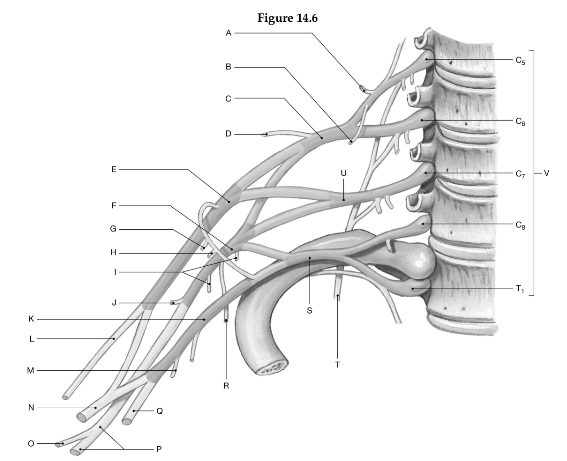The nutrient blood supply of the lungs is provided by what?
A) The pulmonary arteries
B) The aorta
C) The pulmonary veins
D) The bronchial arteries
Answer: D) The bronchial arteries
You might also like to view...
The term lymphadenopathy refers to
A) a congenital lack or malformation of lymph nodes. B) a chronic or excessive enlargement of lymph nodes. C) accumulations of lymph in the tissue space. D) the lack of lymphocytes in peripheral circulation. E) increased numbers of circulating lymphocytes.
Foot pronation occurs at which joint?
A. ankle B. subtalar C. both A & B D. pronation does not occur in the foot
Using the figure above, identify the labeled part.

1. Label A: ______________________________
2. Label B: ______________________________
3. Label C: ______________________________
4. Label D: ______________________________
5. Label E: ______________________________
6. Label F: ______________________________
7. Label G: ______________________________
8. Label H: ______________________________
9. Label I: ______________________________
10. Label J: ______________________________
11. Label K: ______________________________
12. Label L: ______________________________
13. Label M: ______________________________
14. Label N: ______________________________
15. Label O: ______________________________
16. Label P: ______________________________
17. Label Q: ______________________________
18. Label R: ______________________________
19. Label S: ______________________________
20. Label T: ______________________________
21. Label U: ______________________________
22. Label V: ______________________________
During the resting potential, the membrane is more permeable to potassium ions than to sodium ions
Indicate whether the statement is true or false